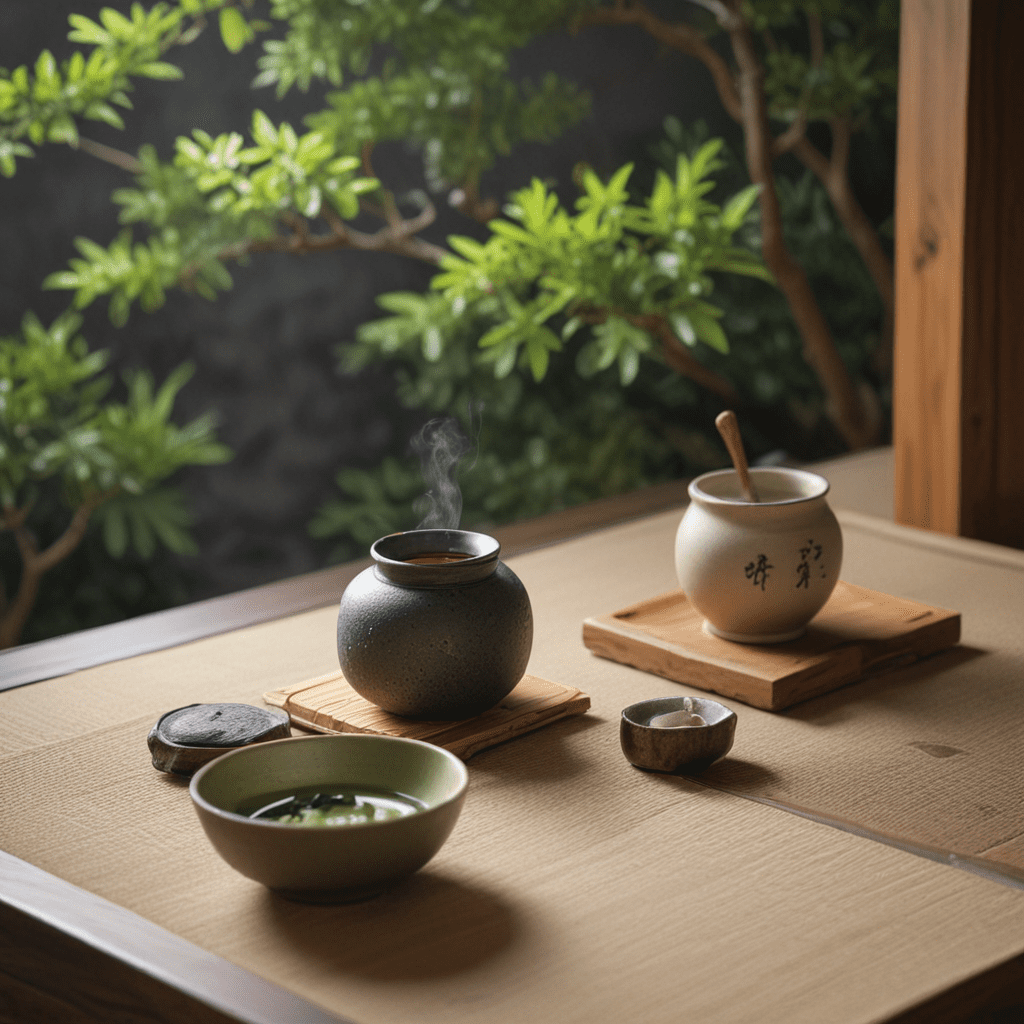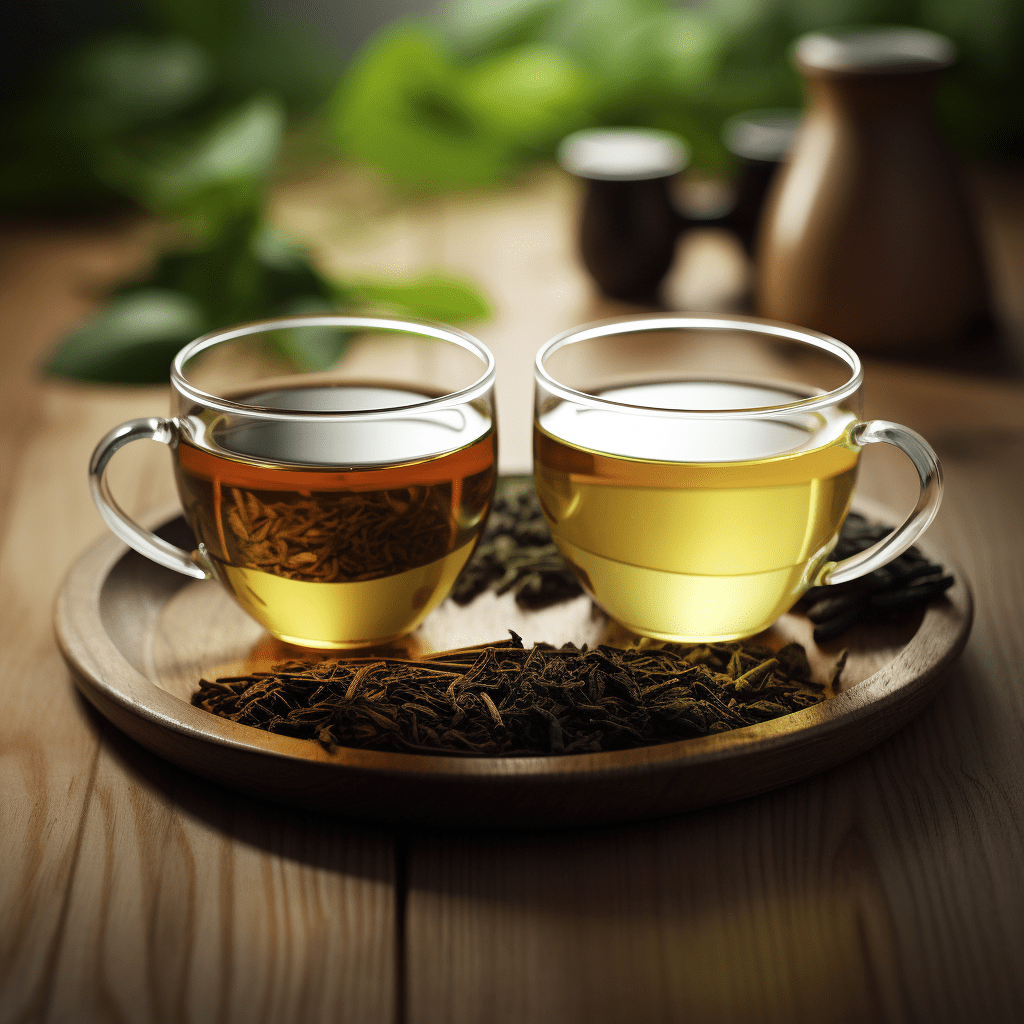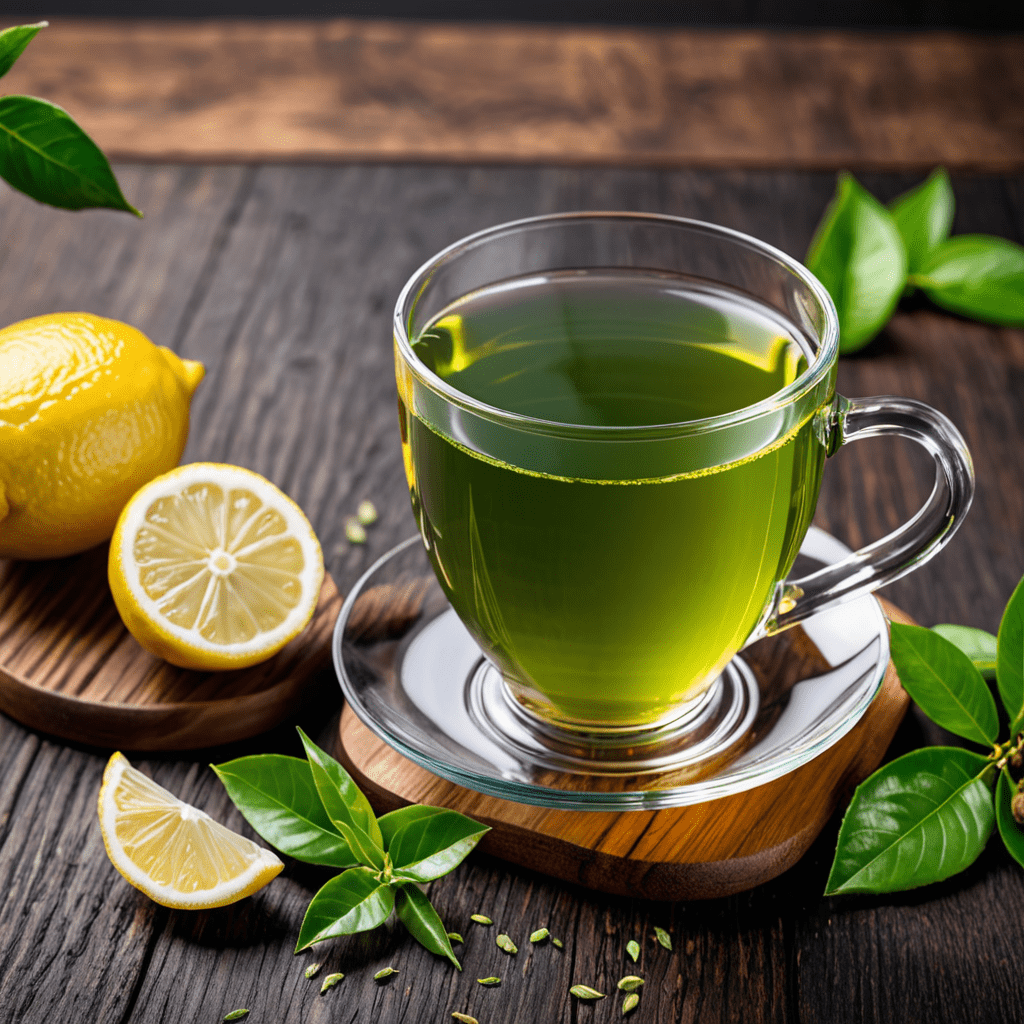
Introduction
The Japanese tea ceremony, known as chanoyu or chadō, is a ritualized form of tea preparation and presentation that has been practiced in Japan for centuries. It is a highly refined art form that encompasses not only the preparation and serving of tea but also the cultivation of inner peace and harmony. The tea ceremony is deeply rooted in Japanese culture and tradition, and it continues to be a popular and revered practice today.
Origins and History of the Tea Ceremony
The origins of the tea ceremony can be traced back to the 9th century, when tea was first introduced to Japan from China. Initially, tea was used as a medicinal drink, but it gradually became more popular as a recreational beverage. By the 16th century, the tea ceremony had evolved into a highly sophisticated ritual with its own set of rules and etiquette.
Principles and Philosophy of the Tea Ceremony
The tea ceremony is based on four fundamental principles: harmony (wa), respect (kei), purity (sei), and tranquility (jaku). These principles are reflected in every aspect of the ceremony, from the preparation of the tea to the way it is served and consumed. The tea ceremony is seen as a way to cultivate inner peace and harmony, and it is often used as a means of meditation and reflection.
The Role of Aesthetics in the Tea Ceremony
Aesthetics play an important role in the tea ceremony. The tea room is typically a simple and rustic space, with a focus on natural materials such as wood, bamboo, and paper. The tea utensils are also carefully chosen for their beauty and simplicity. The arrangement of the tea room and the utensils is designed to create a sense of harmony and tranquility.
The Tea Garden and Architecture
The tea garden is an important part of the tea ceremony. It is typically a small, enclosed space with a path leading to the tea room. The tea garden is designed to create a sense of serenity and isolation from the outside world. The architecture of the tea room is also important. The tea room is typically a small, simple space with a single window that looks out onto the tea garden. The tea room is designed to be a place where guests can relax and focus on the present moment.
6. The Preparation and Serving of Tea
The preparation and serving of tea is a central part of the tea ceremony. The tea is typically made from finely ground green tea leaves, which are whisked with hot water in a bamboo whisk. The tea is then served in small cups, and guests are expected to drink it all at once. The serving of tea is also a time for conversation and socializing, and guests are encouraged to share their thoughts and experiences.
7. The Rituals and Etiquette of the Tea Ceremony
The tea ceremony is a highly ritualized event, with a strict set of rules and etiquette. Guests are expected to follow these rules carefully, as they are seen as a way of showing respect for the host and the tea ceremony itself. The rituals of the tea ceremony include the preparation of the tea, the serving of the tea, and the cleaning of the tea utensils. Each step of the ceremony is performed with great care and attention to detail.
8. The Impact of Modernity on the Tea Ceremony
The tea ceremony has been practiced in Japan for centuries, but it has also been influenced by modernity in some ways. For example, the tea ceremony is now often practiced in more modern settings, such as hotels and restaurants. Additionally, some of the traditional rules and etiquette of the tea ceremony have been relaxed in recent years.
9. The Continuing Relevance and Legacy of the Tea Ceremony
The tea ceremony is a living tradition that continues to be practiced by people all over Japan. It is a unique and beautiful art form that offers a glimpse into Japanese culture and tradition. The tea ceremony is also a way to cultivate inner peace and harmony, and it is a popular choice for those who are seeking a more meaningful and fulfilling life.
10. Conclusion
The Japanese tea ceremony is a rich and complex tradition that has been practiced in Japan for centuries. It is a highly refined art form that encompasses not only the preparation and serving of tea but also the cultivation of inner peace and harmony. The tea ceremony is a living tradition that continues to be practiced by people all over Japan, and it is a unique and beautiful art form that offers a glimpse into Japanese culture and tradition.
FAQ
What is the purpose of the tea ceremony?
The purpose of the tea ceremony is to cultivate inner peace and harmony. It is also a way to socialize and share experiences with others.
What are the four principles of the tea ceremony?
The four principles of the tea ceremony are harmony (wa), respect (kei), purity (sei), and tranquility (jaku).
What is the role of aesthetics in the tea ceremony?
Aesthetics play an important role in the tea ceremony. The tea room, the tea utensils, and even the kimono worn by the guests are all chosen for their beauty and simplicity.
How has the tea ceremony been influenced by modernity?
The tea ceremony has been influenced by modernity in some ways, such as the fact that it is now often practiced in more modern settings, such as hotels and restaurants. Additionally, some of the traditional rules and etiquette of the tea ceremony have been relaxed in recent years.

